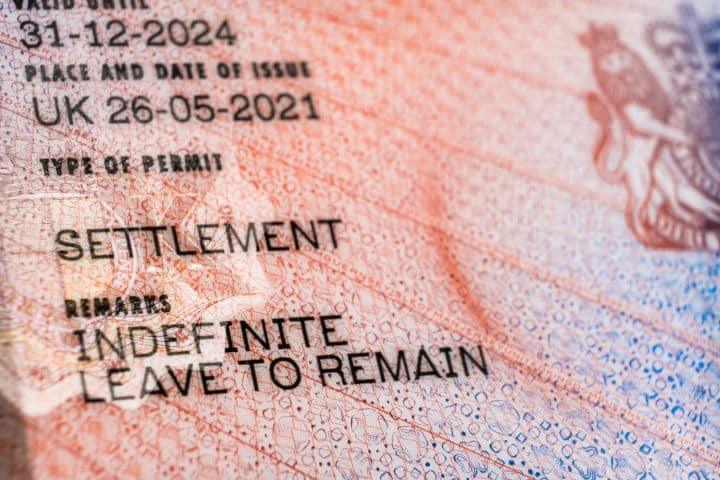Understanding Indefinite Leave to Remain (ILR) in the UK

Introduction
Indefinite Leave to Remain (ILR) is a key immigration status in the United Kingdom, allowing individuals to live and work in the country without any time restrictions. It is particularly significant for those who wish to settle permanently in the UK after a period of temporary residency. With changes in UK immigration policies, understanding ILR becomes increasingly relevant for many individuals seeking to secure their future in the UK.
What is Indefinite Leave to Remain (ILR)?
Indefinite Leave to Remain is a status granted to non-UK residents that allows them to reside in the UK indefinitely. The status can provide a pathway to British citizenship after meeting specific requirements. Individuals may apply for ILR after residing in the UK for a certain period under various visa categories, which typically include work visas, family visas, and student visas converted to work.
Recent Developments
In recent months, ILR applications have seen a rise due to the increasing number of individuals completing their designated period of residence. The UK Home Office has updated its guidelines to ensure clarity in applications. The processing times for ILR have also improved, with many applicants receiving decisions within six months, a significant enhancement compared to previous years where waits could last more than a year.
Eligibility Requirements
To qualify for ILR, applicants must typically have lived in the UK for a minimum of five years, depending on their visa type. Key requirements include:
- Demonstrating sufficient knowledge of the English language.
- Passing the “Life in the UK” test to ensure understanding of British culture and history.
- Proving continuous residence during the qualifying period, with no significant absences.
Significance for Applicants
Securing ILR represents a major step towards permanent settlement and offers numerous benefits, such as access to public services, reduced fees for immigration applications, and the ability to apply for British citizenship after holding ILR for at least 12 months. Additionally, ILR holders can enjoy greater stability in their lives, as it removes the constraints associated with temporary visas.
Conclusion
Indefinite Leave to Remain is a vital aspect of the UK immigration landscape, providing a pathway for individuals aiming for permanence within the country. As immigration policies continue to evolve, those considering ILR should stay informed about the requirements and processes involved. With timely applications and by meeting eligibility standards, many can successfully secure their indefinite status and make lasting contributions to the UK society.
